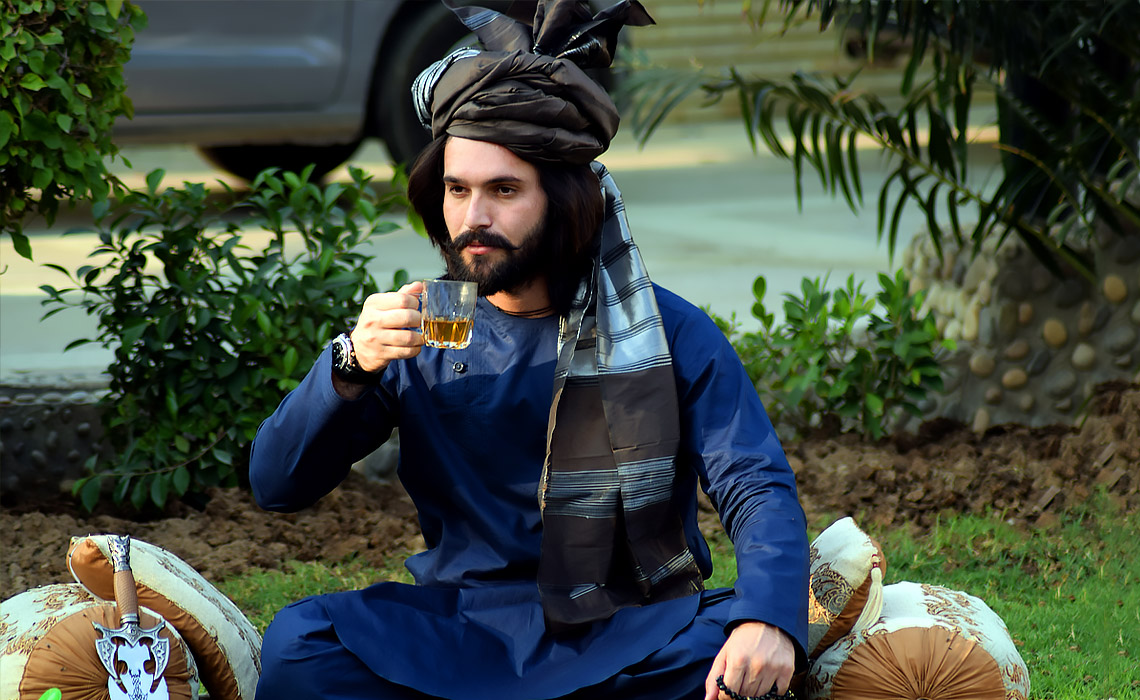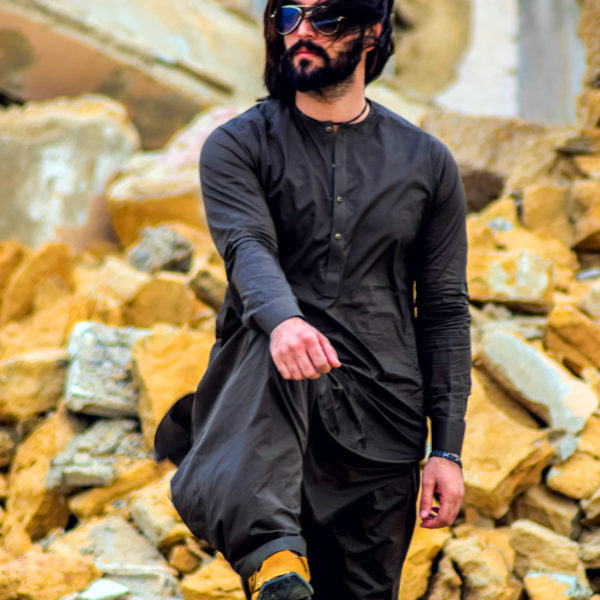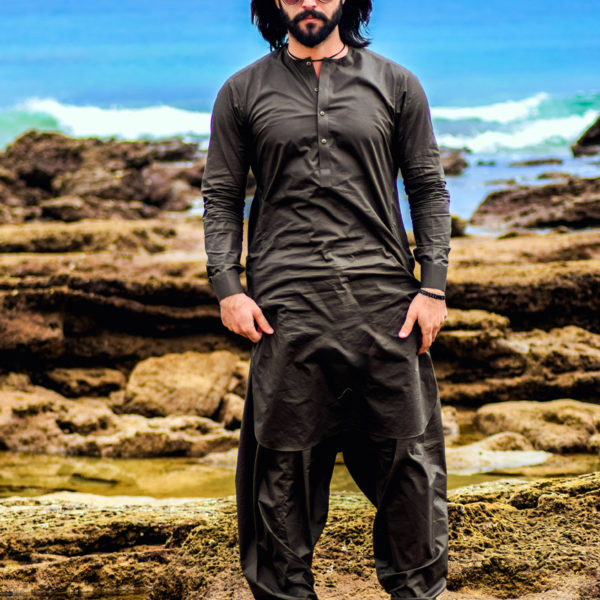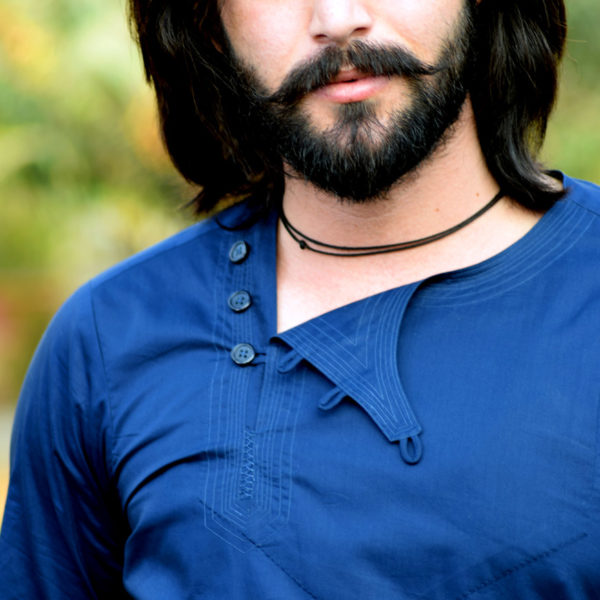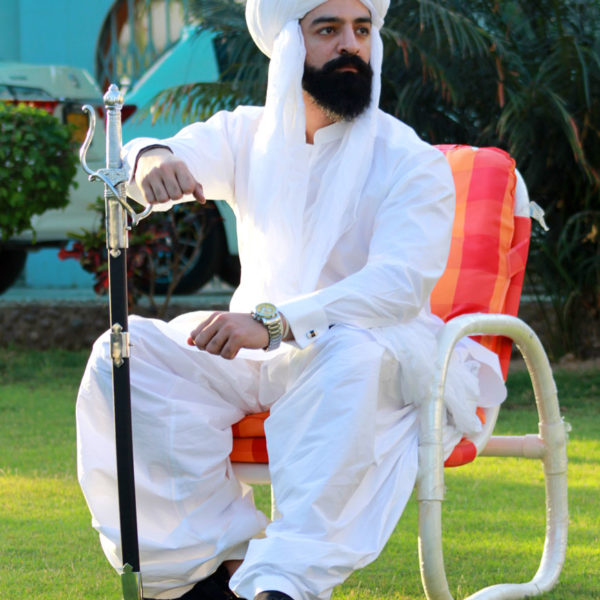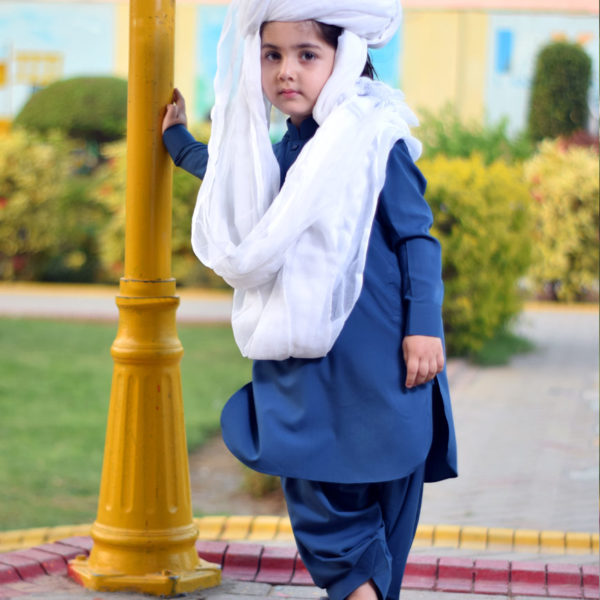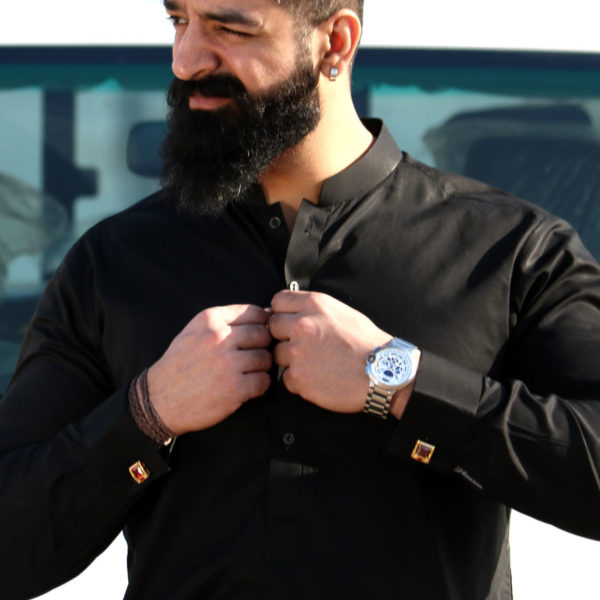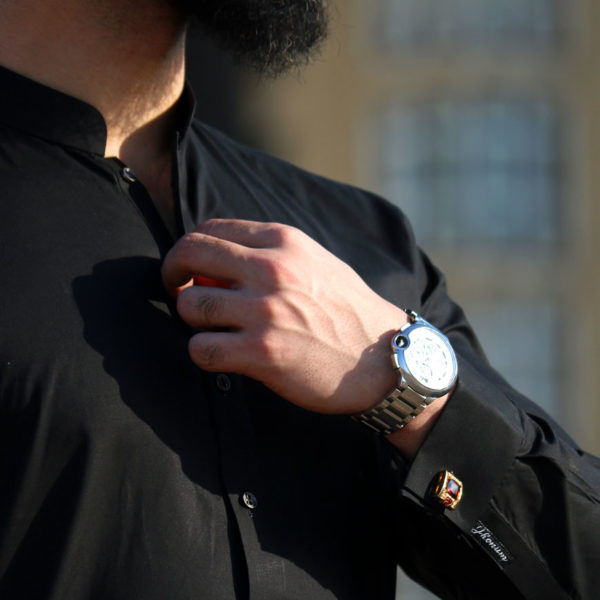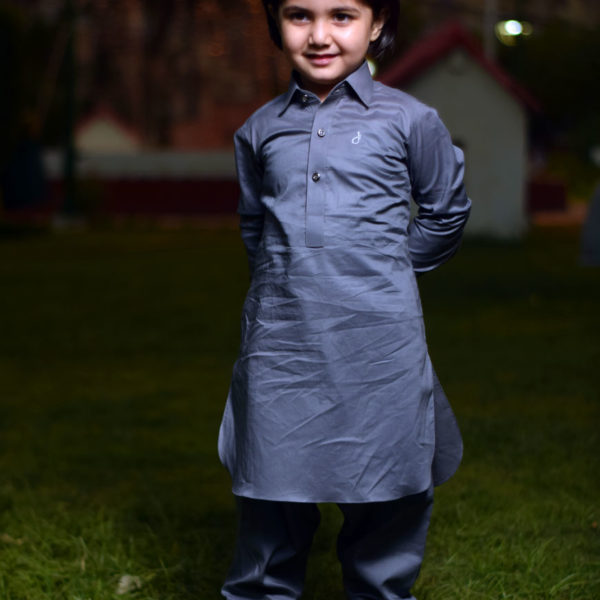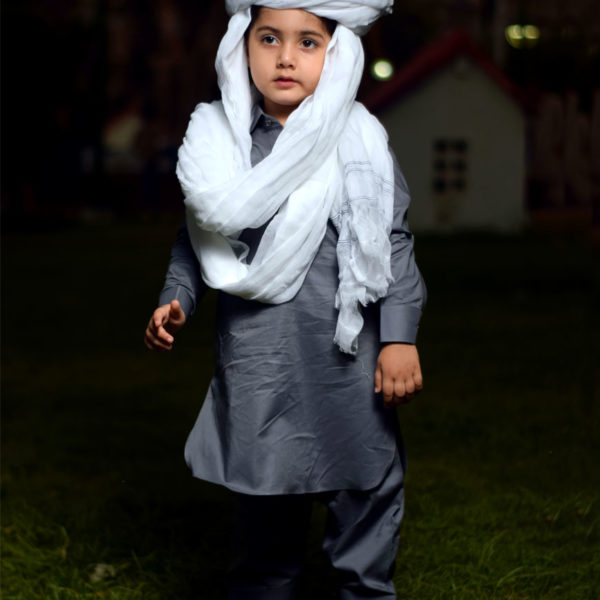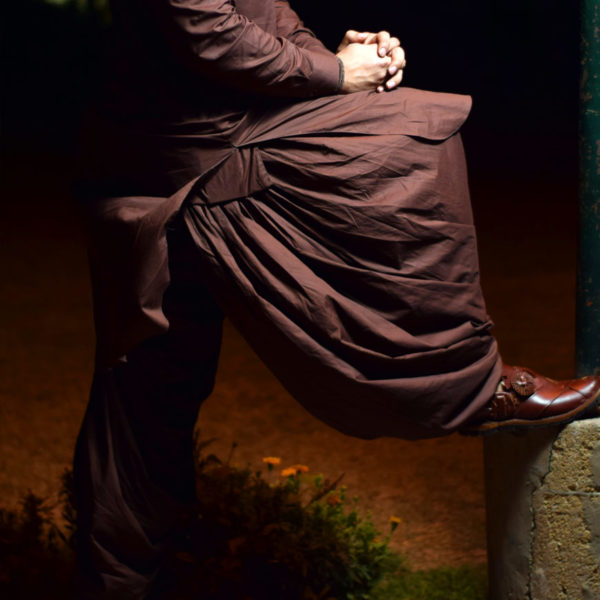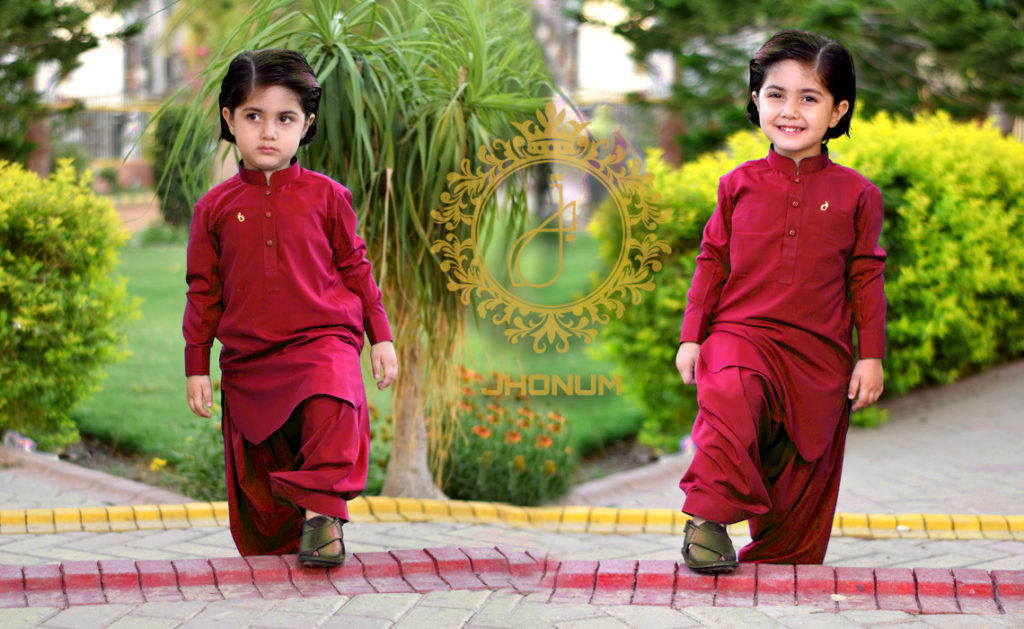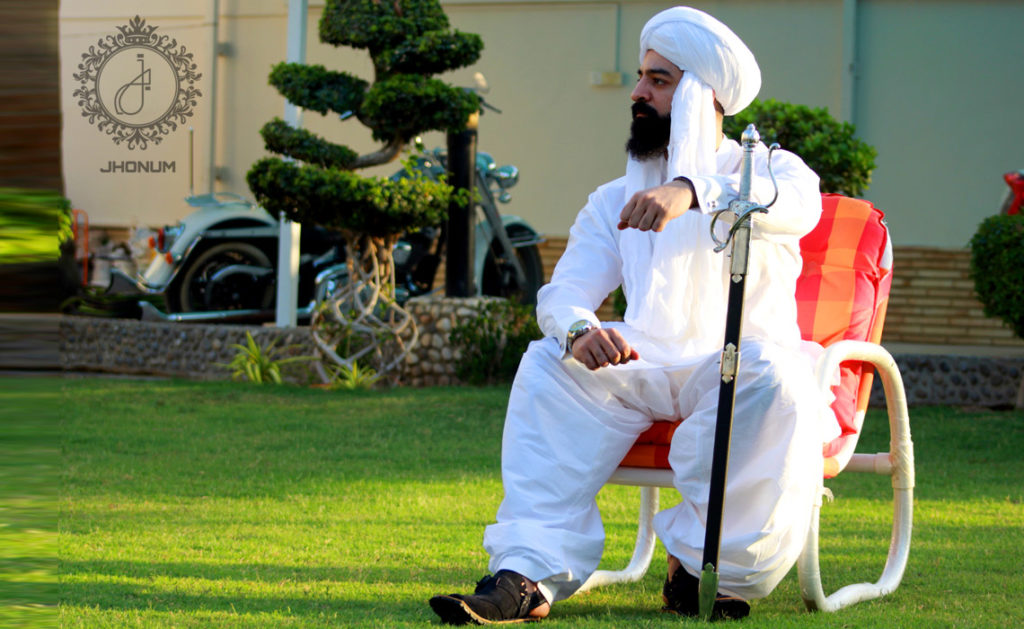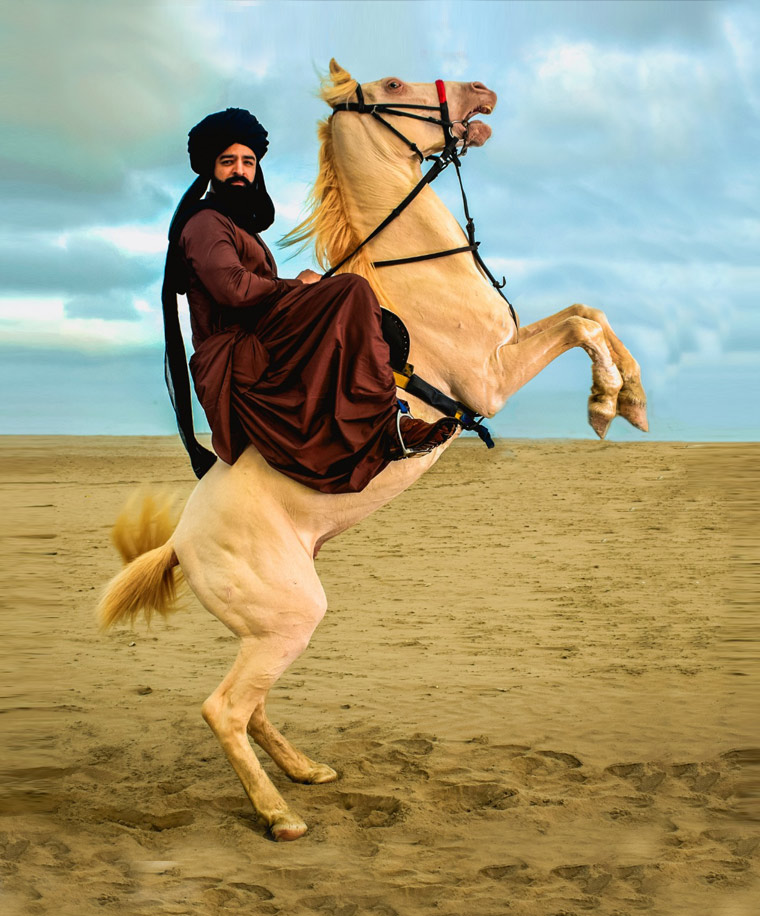The Pashtun Culture Day is celebrated every year on September 23. This cultural day was mutually decided by Pashtun leaders and elders during a three day event marked as “World Pashto Conference” in 2015 in Quetta.
Pashtun, Pakhtoon, Pathan or Khan, all these names are used for one of the most bravest people on this earth, whose cultural and traditional heritage is so rich that it may take a whole book to define it.
The Pashtuns have a rich background in the narratives of world history and this rich history carries symbols of cultural heritage, traditions and not to mention, the attires that the Pashtuns wear that differentiate them.
Before we start on how to dress up like a Pashtun, let’s talk a bit about the history of Pashtuns, who are these people exactly? Why they are so well acclaimed in the books of history? Where does this beautiful culture come from? And how has this culture grown over the years?
There are many theories which state the origins of the Pashtun ethnicity, the most suitable and logical ones emphasize that these Pashtuns are either a descent from the Sakas or the Aryan dynasty. There is also a popular theory that suggests that Pashtuns descended from the exiled lost tribes of Israel.
However, the fact that remains constant to this day is that the Pashtuns are an Iranian ethnic group that were further divided into many tribes and clans, around 350-400 clans. At the present, majority of the Pashtuns live in Afghanistan and Pakistan. From Paktiya, Kandahar in Afghanistan to KPK and Quetta in Pakistan. You will find them all over the globe now!
The Pashtuns have integrated their culture with that of Pakistan in an artistic fashion. These areas serve as the cultural centers for the Pashtun heritage as these areas mostly consist of Pashtuns. The Pashtuns have lived through all the significant events in history, whether it may be the Lodhi Dynasty, the Mughal Dynasty or the British rule over the sub-continent, they were there for all of it. Not only were these ethnic tribes present for these events, they fought against these rules too when these rules undermined their sovereignty and threatened the Pashtun values and customs.
A pashtun will better accept death than surrendering to might on earth! We can see it clearly in afghans who have defeated mights such as Soviet Union to United States of America.
During the British rule in the sub-continent, Pashtuns were one of the few groups that remained steadfast in their struggle against the colonists and fought with all their might against the British Raj. Perhaps this might be one of the major reasons for the importance the Pashtuns receive. That is why the border between Afghanistan and Pakistan is still shown as dotted lines entitled as Durand line on the world map, because there exists no power on earth to isolate this brotherhood through lectures of nationalism. Pashtuns have always stood up against all odds to defend their honor, integrity and self-respect even if it costs them their lives.
Throughout history, Pashtuns have achieved high ranks in the societies and consist of many notable figures. Every century has a Pashtun who is popular and well-recognized. One of the most unique element of the Pashtun culture is it’s poetry that dates back to the 8th century and includes famous poets such as Ahmad Shah Durrani, Timur Shah Durrani, Rahman Baba and famous politicians like Bacha Khan and many more.
I am involved in the land of a leonine and brave people, where every foot of the ground is like a well of steel, confronting my soldier. You have brought only one son into the world, but everyone in this land can be called an Alexander.
Another reason as to why the Pashtuns are popular in Pakistan and other nations is because of their attitude of hard work; these people have always worked hard towards achieving their desired goals.
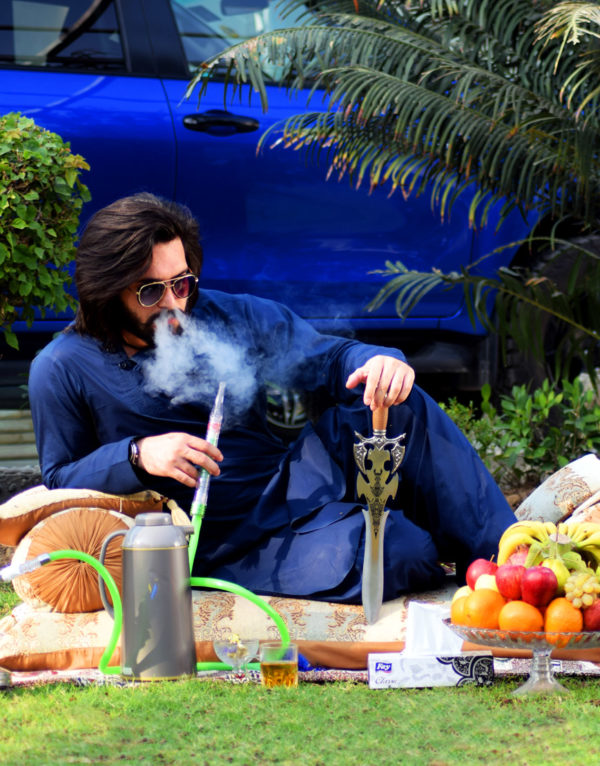
1. How Do Pashtun Clothing Look Like?
Pashtuns leave behind footprints that carry their legacy. This legacy is not just limited to bravery, battles, and duels. This legacy is also reflected by the traditional attires of the Pashtun ethnicity that have made their way into the Pakistani culture and are embedded in it now.
These attires have retained their originality over the years and consist of two variations of the traditional Kameez Shalwar which is locally called as Partūg-Kamees in pashto.
The only difference in these variants is that of the collar style. The two styles are the “Nawabi Gala” collar and the “Shabazi Gala” collar.
The Shabazi kameez is just like a regular kameez, the only difference is that the neck is in a round fashion with the buttons on the right side or the left side and thread embroidery along it. The sleeves of this kameez do not have buttoned cuffs.
The other variant, the Nawabi variant is a style that is quite common and is seen regularly. This kameez does not have a stiff collar and is also in a rounded neck design with the buttons in the middle, the buttoned seam ends at the region below the chest but above the abdominal area. However, the sleeves come with buttoned cuffs. This style comes from the Sardards and land lords who used to wear such attires, hence the name “Nawabi”.
Nawabi Gala – Pashtun Traditional Kameez Shalwar
Shahbazi Gala – Royal Pashtun Kameez Shalwar Suit
The other variant, the Nawabi gala is a style that is quite common and is seen regularly. This kameez does not have a stiff collar and is also in a rounded neck design with the buttons in the middle, the buttoned seam ends at the region below the chest but above the abdominal area. However, the sleeves come with buttoned cuffs. This style comes from the Sardars and land lords who used to wear such attires, hence the name “Nawabi”.
The shalwar of these Pashtun suits are not too baggy like that of the Balochi Ghair Shalwar, neither are they of a “slim fit” fashion i.e. Paint Pajama that has nowadays dominated the market.
Since these suits are mostly worn by the khans, it is obvious to state that the Pashtun suits are worn with the traditional Peshawari sandals which speak a story of their own. The Peshawari sandals have a unique way of complimenting the Pashtun kameez shalwar and completing the outlook.
To further enhance the look, a waist coat can be worn along with the suit, however, care must be taken that the waist coat goes along with the rounded collars because waist coats themselves come in many designs. For instance, a waist coat with a sherwani collar might not go very well with the Nawabi collar.
The fact that these Pashtun attires exist does not mean that the Pashtuns do not wear the regular shalwar kameez variants, they do, and almost on a regular basis. But, during the cultural days and other days which have significance for the Pashtuns, they go along with their traditional attires.
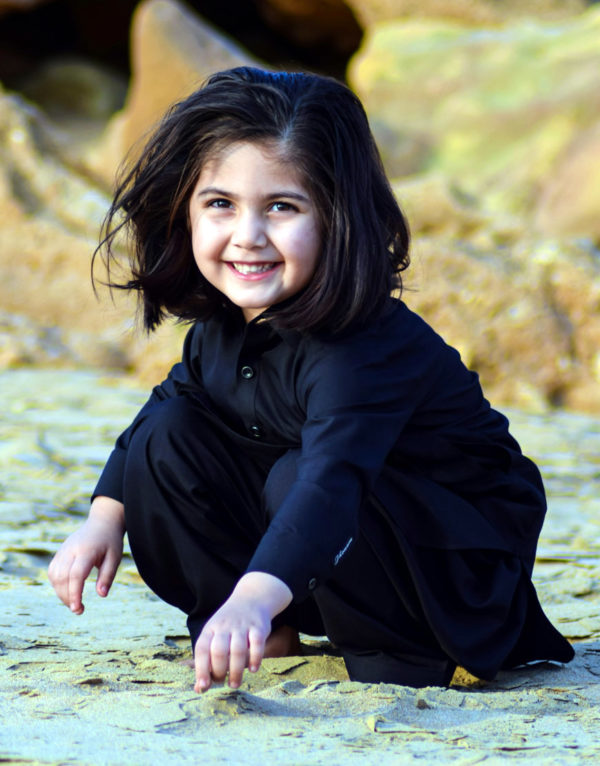
3. How Do Pashtun Kids Dress Up?
The children play a huge role in making the Pashtun cultural day a memorable one.
Pashtun children are dressed up in the same way as their elder counterparts, the only difference however is, they are a lot cuter and lovely. Boys often wear peshawari chappals with plain kameez shalwar with rounded necks and a small waist coat.
Most often their suiting is simple kameez shalwar with either a shirt collar or nawabi gala.
The Pashtun tribes are always engaged in private or public war. Every man is a warrior, a politician and a theologian Every large house is a real feudal fortress….Eve ry family cultivates its vendetta; every clan, its feud….Nothing is ever forgotten and very few debts are left unpaid.
Another topic is the cloth material that these Pashtun suits are made out of. Traditionally, these suits are made out of cotton but over the years, people have started to use different fabric such as wash & wear or mix cotton.
At JHONUM, we offer you the best of this traditional attire with its historical significance and the best quality. We will make sure that we give you the complete look, true to the Pashtun heritage


